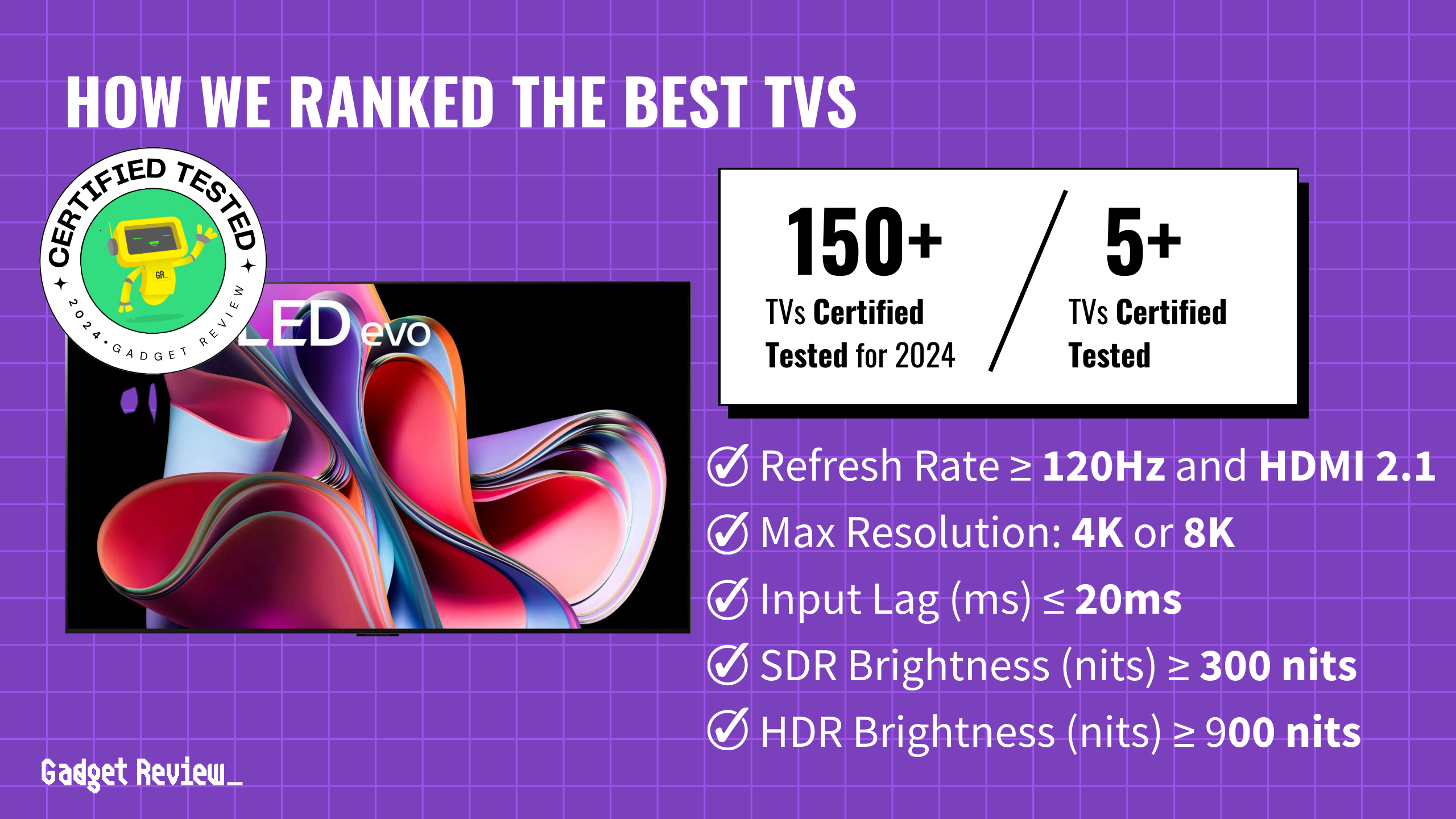A new report published by researchers Richard Lear and Camilla Rees reveals that U.S. government scientists identified potential health risks from wireless radiation exposure as early as 1971, linking it to numerous chronic diseases that have since become increasingly prevalent.
Why it matters: The findings fundamentally challenge current safety standards for wireless devices and raise questions about why early warnings about health impacts were not more aggressively addressed by regulators.
Historical Context: The research examines several key developments in wireless radiation science:
- 1971 Naval Medical Research Institute review of 2,311 studies
- 2018 National Toxicology Program findings of “clear evidence” of cancer
- 2018 Ramazzini Institute confirmation of cancer risks
Health Implications: Multiple studies have documented serious biological effects from wireless radiation exposure:
- DNA damage in brain cells
- Increased risk of certain cancers
- Impacts on children’s brain development
The original 1971 Naval review examined studies involving low-intensity electromagnetic radiation in the 1-4 GHz range – frequencies similar to those used by modern wireless devices. The researchers found evidence linking this radiation to 23 conditions that are now among the fastest-growing chronic diseases in America.
“Of the 36 chronic diseases and conditions that more than doubled between 1990-2015, the U.S. Navy study warned us of the connection between wireless radiation and twenty-three of those chronic diseases,” write Lear and Rees.
Recent research has provided additional evidence supporting these early warnings. The National Toxicology Program’s $30 million study found “clear evidence” of cancer in lab animals exposed to cell phone radiation levels. The Ramazzini Institute independently confirmed similar findings at even lower exposure levels comparable to cell tower radiation.
Children face particular risks as their developing brains absorb more radiation than adults due to thinner skulls and higher water content in brain tissue. Multiple studies indicate potential impacts on memory, attention, and learning ability.
Looking ahead, the researchers estimate that by 2015, these 23 diseases may have added over $2 trillion in annual healthcare costs to the U.S. economy due to regulatory inaction on early warnings about wireless radiation risks.























